At Sirens, attendees examine fantasy and other speculative literature through an intersectional feminist lens—and celebrate the remarkable work of women and nonbinary people in this space. And each year, Sirens attendees present dozens of hours of programming related to gender and fantasy literature. Those presenters include readers, authors, scholars, librarians, educators, and publishing professionals—and the range of perspectives they offer and topics they address are equally broad, from reader-driven literary analyses to academic research, classroom lesson plans to craft workshops.
This year, Sirens is offering an essay series to both showcase the brilliance of our community and give those considering attending a look at the sorts of topics, perspectives, and work that they are likely to encounter at Sirens. These essays may be adaptations from previous Sirens presentations, the foundation for future Sirens presentations, or something else altogether. We invite you to take a few moments to read these works—and perhaps engage with gender and fantasy literature in a way you haven’t before.
Today, we welcome an essay from Cass Morris!

“She’s Not Alone”—Or Is She?: The History of Idealized Friendship and the Limited Scope of Female Bonds in Blockbuster Sci-Fi and Fantasy
By Cass Morris
One of the greatest essayists of the Renaissance, Michel de Montaigne, wrote of friendship as “a general and universal fire, but temperate and equal, a constant established heat, all gentle and smooth, without poignancy or roughness.” He qualifies, however, that “the ordinary talent of women is not such as is sufficient to maintain the conference and communication required to the support of this sacred tie; nor do they appear to be endued with constancy of mind, to sustain the pinch of so hard and durable a knot.”
Montaigne was a brilliant man in many respects, but in this, I think we can all agree, he was staggeringly deficient.
Montaigne took his ideas from a long tradition of what the Romans called amicitia, a concept of perfect friendship: selfless, noble, virtuous, occurring between two men. Always two men. Women, the ancients and centuries’ worth of their descendants believed, were simply incapable of forming such flawless bonds. Not that women were considered entirely without merit—Aristotle spoke of marriage between a man and a woman as “a kind of friendship,” capable of providing delight, but still imperfect, born in almost all cases of the two lesser varieties of interpersonal bond, utility and pleasure, and damaged further by the inequality of status and power between husband and wife.
In some degree of fairness, true amicitia was thought to be rare even among men. The second century Roman author Seneca counted only six pairs of men throughout all of history up to that point who could fulfill the requirements, largely because the two men had to be precisely equal. Brothers could not truly be friends, in this mindset, because issues of inheritance would always come between them. A king could have no friends, since he had no equals—except among other kings, who would necessarily also be his rivals. Friends could not be indebted to each other, nor quarrel over romantic entanglements. Cicero thought friendships developed in maturity to be the best, stating that “friendships should be formed after strength and stability have been reached in mind and age.”
Despite these strictures placed upon it, the ideal of amicitia persisted in Western tradition throughout the classical era. It took on new tones in the medieval era, influenced by Teutonic stories of brothers-in-arms. Writers of the Renaissance blended these two traditions to create something both cerebral and emotional, and the concept has survived to this day in the concept of the “bromance.”
Obviously, people of all genders are capable of deep and true friendships. We know this. But popular fiction has been slower to represent those friendships, particularly in the franchises with the most money and media attention behind them. Forget classical ideals of amicitia; just getting two women on-screen at the same time, let alone bonding, let alone anything approaching a “perfect” friendship, has been a decades-long challenge.
In many cases, the dominant trope of “The Chick,” the inclusion of a token female character in a cast of male heroes, left those female characters adrift without even the possibility of forming bonds with other women. In the original Star Wars trilogy, Princess Leia is scarcely ever in the same room as another woman. The original Star Trek gave us only Uhura on the main cast. In Lord of the Rings, Eowyn rejects female companionship along with traditional femininity, and while we may presume that the ethereally distant figures of Arwen and Galadriel interact with other female Elves, we never see those interactions on page or screen. In Marvel comics, Jean Grey and Susan Storm were initially the only female members of their respective teams. For women, isolation from one’s gender seemed somehow an essential component of heroism.
The same is not true for men. Even if we hold ourselves to the classical ideals, eliminating family bonds and those with significant power differentials, we don’t have to look far for an abundance of examples. Luke and Han, Han and Chewie, Poe and Finn, Steve and Bucky, Rocket and Groot, Merry and Pippin, Harry and Ron, Kirk and Spock—the list could go on and on.
Even in modern sci-fi and fantasy, where casts are more likely to clear the so-low-you-could-trip-over-it bar of gender diversity, it remains a rarity for the women to be shown forming significant bonds with each other. Particularly in the largest franchises, female characters are often divvied up like a resource to be shared among the various components of the story. Place a girl with each section of the team, someone to be the “heart,” the conscience, and/or the romantic interest/sex object, depending on the tenor of the story, and call it a day.
We can look at the Marvel Cinematic Universe as an example: A 2018 list of twenty-five MCU friendships included only one example of a friendship between two women among twenty-four bro-pairs or male-female bonds, and that was from the Netflix show Jessica Jones, not any of the mega-blockbuster films. Most sub-components of the franchise feature only one major female character at a time. Tony’s circle includes Pepper Potts (conscience and sex interest) and initially introduces us to Natasha Romanoff, but their few interactions are spoiled by internalized misogyny. Natasha also forms part of Steve’s circle, but never at the same time as Peggy (romantic interest). Natasha herself, the only female Avenger in the main line-up for the first three phases of the MCU, never leads her own story, but serves as the romantic interest/sex object, whether explicitly in the narrative or merely teased for the audience, to Hawkeye, Steve, and Bruce Banner at various points. Thor’s circle gives us Jane Foster (romantic interest), Frigga (conscience), the Lady Sif (conscience/heart), and Valkyrie (who blessedly defies those markers; if anything, Thor serves as the heart for her), but only brief interactions between any of them. Black Panther is a notable exception, with Shuri, Okoye, and Nakia, who clearly have their own relationships with each other outside of those they have with T’Challa. And, of course, 2019 gave us Carol and Maria (a relationship heartily embraced by much of the queer community as perhaps having a romantic and/or sexual component in addition to friendship). These may indicate a move in a positive direction, but it took the MCU a decade of mega-hits to get even this far.
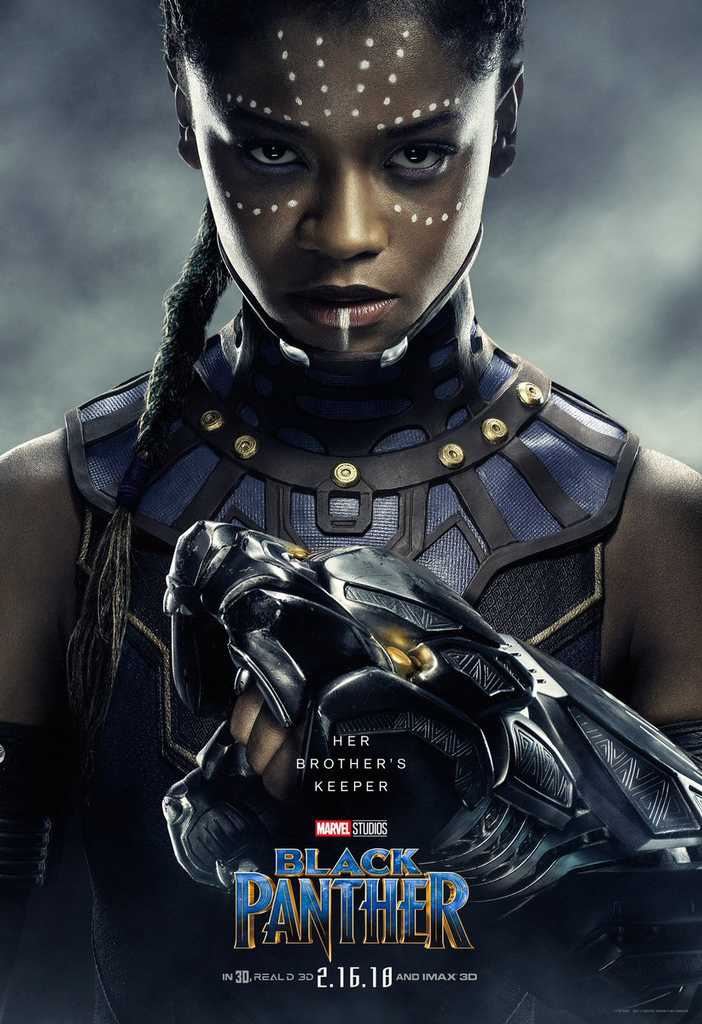
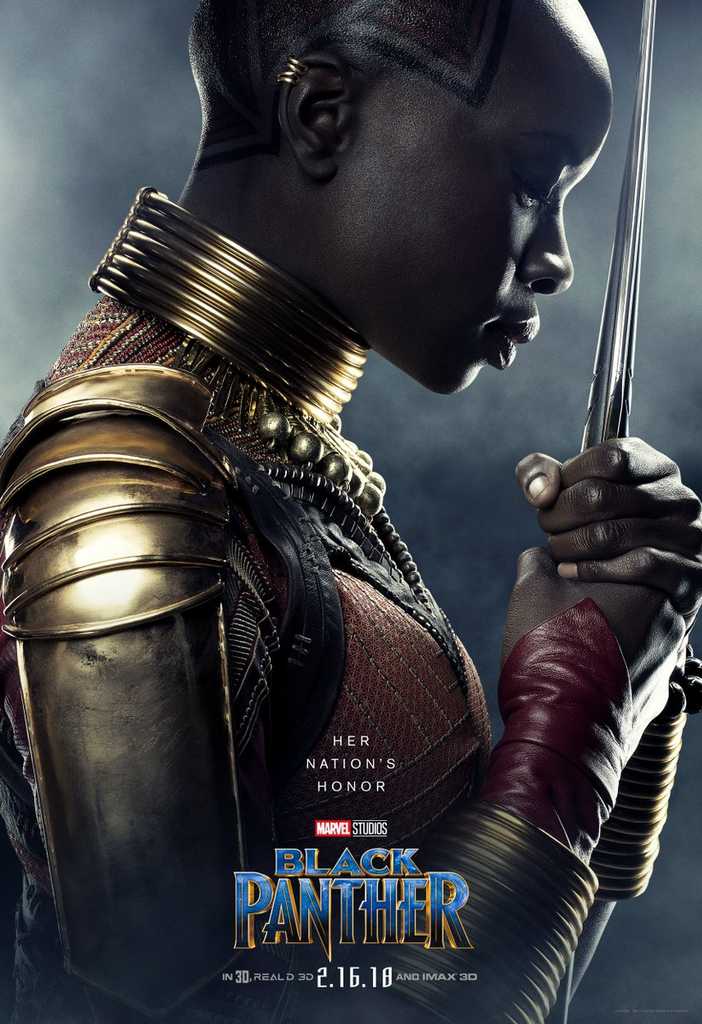
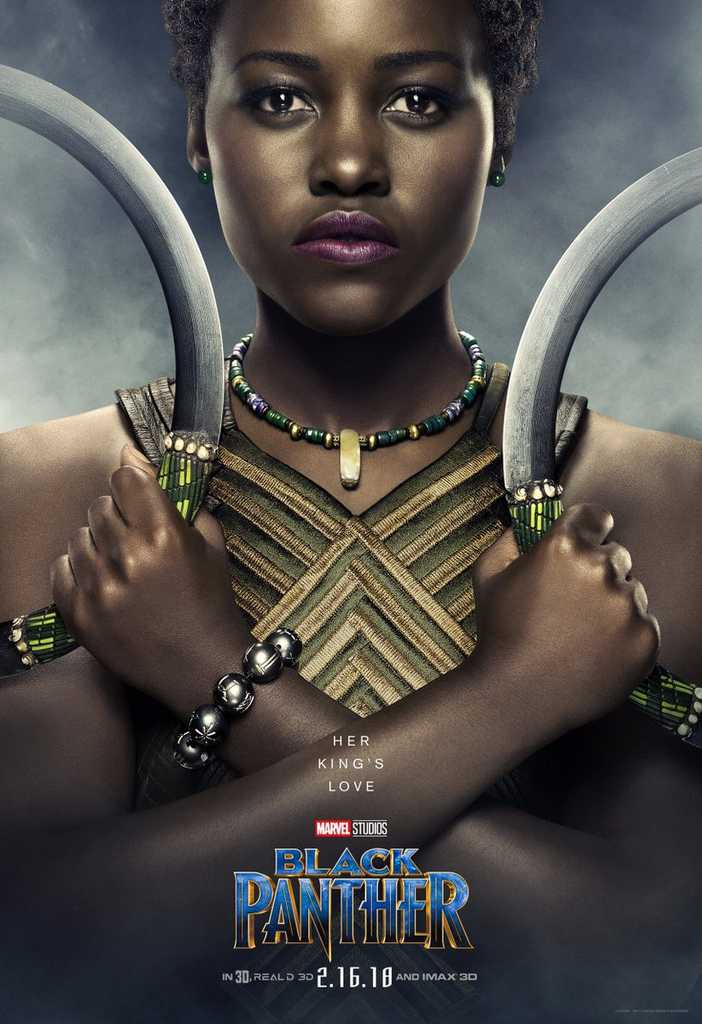
We can also consider A Song of Ice and Fire/Game of Thrones. Both the books and the show are replete with female characters, to be certain. The split of point-of-view characters is representative. And yet those female characters are rarely afforded the opportunity to form close bonds or even to interact with each other—and almost never outside the bounds of family. The traveling pairs are predominantly either all-male or male-female—Ayra and the Hound, Brienne and Jaime, Jon and Ygritte. Ygritte is the only woman in her pack of wildling raiders; Asha/Yara Greyjoy is likewise singular among her Ironborn reavers. We are told that Margaery Tyrell has a flock of cousins and friends, but in the show, we never learn their names, and in the books, Margaery is never a point-of-view character, while Sansa, whose eyes the reader mostly sees Margaery through, is shunted to the outside of their merry circle, so we are never afforded the opportunity to know just what those bonds are really like. Show!Margaery makes more of an effort to befriend Sansa, but politics intervene, and there remains a troubling power differential between them.
Season Six of Game of Thrones offered us something truly tantalizing: not quite classically perfect friendship, but an opportunity to see multiple powerful women working together towards a common cause. Daenerys Targaryen forms a matriarchal alliance with Olenna Tyrell, Ellaria Sand, and Yara Greyjoy—and yet that gets smashed almost as soon as it is offered. Any potential friendships have no chance to succeed. Other relationships are held away from amicitia by those impediments enumerated by classical authors: differences in status, as with Daenerys and her handmaidens or Cersei and her courtiers, or the rivalries of kinship, as with the Sand Snakes. Catelyn and Brienne are closer-matched, and perhaps the closest the narrative comes to depicting amicitia between women, but there is still an element of rank in their dynamic; Brienne pledges an oath not to a friend, but to a lady of her parents’ generation whom she admires and feels she needs to do right by.
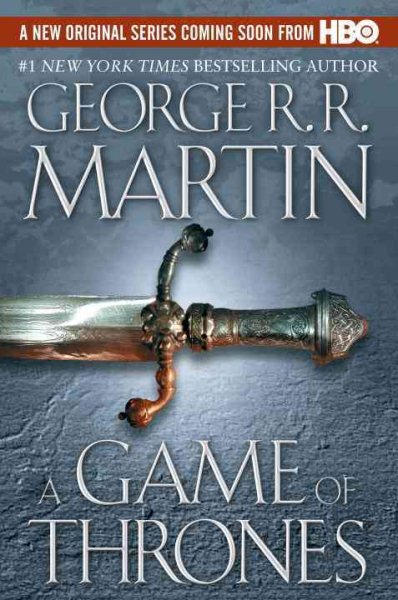
Season 8 continues the trend. Sansa and Daenerys are set up as rivals, each jealously growling in defense of her perceived territory, rather than transcending such peevishness in the name of a greater cause. It seems such a woeful missed opportunity. Both women have suffered heinous abuse and come through stronger-forged; both know what it is to be let down and betrayed by the men they have trusted; both women have lost their systems of support and had to build new ones. They could enjoy a magnificent friendship, but instead, seem to have fallen into the “there can be only one female leader” mindset.
We might attribute all those fractured and fractious relationships to the nature of that fictional universe, if not for the camaraderie that is afforded to many of the men. When disaster threatens on the eve of the Battle of Winterfell, men come together, including those like Tyrion Lannister and Davos Seaworth, who have previously fought against each other on the battlefield, and even those with personal grievances like Beric Dondarrion and Sandor Clegane who literally fought to the death. They are allowed to reconcile, fight alongside one another, and share a laugh and a skin of wine. The women are not afforded the same opportunity. The night before battle, they are either isolated from other women (Arya, Brienne, Missandei, Gilly, Lyanna) or prowling snappishly around each other (Sansa, Daenerys). The show could have given us any number of significant moments between them: Sansa and Daenerys finding true common ground and setting aside petty jealousy in the face of adversity, Brienne and Arya and Lyanna bonding over their warrior skills and teaching other women how to defend themselves, Gilly offering comfort to Missandei as another woman despised as an outsider by the Northerners. But none of those were stories the showrunners found meritorious. The series closes with Sansa surrounded by male knights in the North, Arya by male sailors on her ship, Gilly alive and pregnant but unseen in the finale episode, and Brienne apparently doomed to a lifetime of trying to get Tyrion and Bronn to stop talking about brothels long enough to govern. Each surviving woman is entirely isolated from any other female influence.
I am weary of it.
Certainly there are authors out there writing magnificent bonds between women, plenty of them—as well as friendships between women and men, and between people of all genders. N.K. Jemisin, Gail Carriger, Kate Elliott, Sarah Kuhn, Roshani Chokshi, Tomi Adeyemi, Noelle Stevenson, and numerous others have produced works featuring not only multiple female characters, but female characters who work with each other, appreciate each other, enjoy each other, bond with each other. Yet blockbuster media seems reluctant to embrace such stories. 34 years after the initial development of the Bechdel-Wallace Test, we still find it worth commenting on when a major film manages to pass it.
Things may be on the verge of changing. Audiences cheered the all-female splash-page-esque shot in Avengers: Endgame, which brought together the amazing ladies of the franchise in an echo of the A-Force comics. If the MCU embraced that, rather than assuming we will be satisfied with a mere moment of fanservice and began developing films centering not just singular female heroes but coalitions of women, it would be a major step forward for narratives of friendship in Western media.
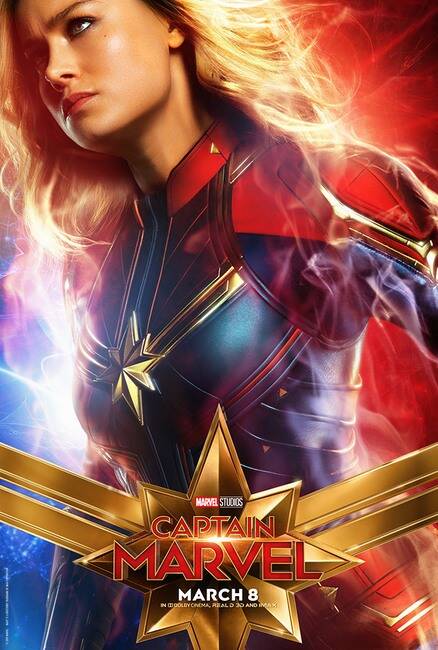
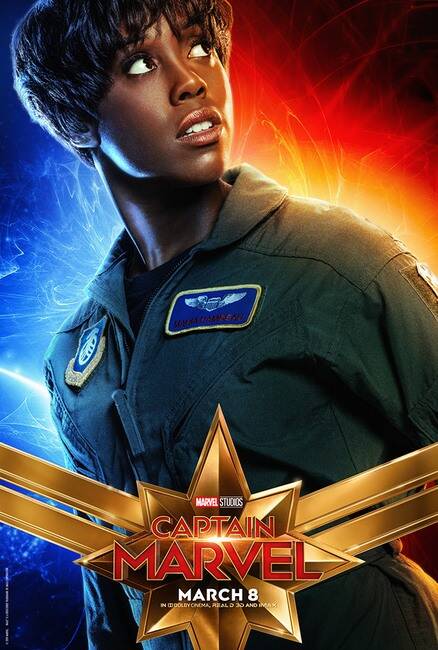
I’m not suggesting we need women to match the ideals of classical friendship. Amicitia is an ancient trope that has influenced centuries’ worth of storytelling, but it’s restrictive and rather dispassionate. Wouldn’t it be amazing, though, if female and non-binary characters in major franchises were afforded the same opportunities for the full spectrum of emotional bonds as male characters are? Sisterhoods forged in fire and trials, wise mentors and plucky youngsters, enemies-to-friends, forbidden friendships, intergenerational friendships, healthy rivalries without malice—I want to see all the tropes, represented in as many permutations as men have always enjoyed, for the benefit of worldwide audiences.
And wouldn’t it be a fine thing if we could get some media might behind those stories that already feature these bonds and forms of friendship? And celebrate the authors who have already created them?
The question, then, is how do we put pressure on media conglomerates to tell stories which feature friendship bonds other than those between two men? We can vote with our dollars, of course. We can make sure we buy books featuring a variety of women with complex relationships to each other; we can run up the box office on Captain Marvel. Women spend more money on entertainment than men do across almost every form of media. So. How do we harness that collective power?

Cass Morris works as a writer and educator in central Virginia and as a bookseller in the Outer Banks of North Carolina. She completed her Master of Letters at Mary Baldwin University in 2010, and she earned her undergraduate degree, a BA in English with a minor in history, from the College of William and Mary in 2007. She reads voraciously, wears corsets voluntarily, and will beat you at MarioKart. Her debut novel, From Unseen Fire: Book One of the Aven Cycle, is a Roman-flavored historical fantasy released by DAW Books.
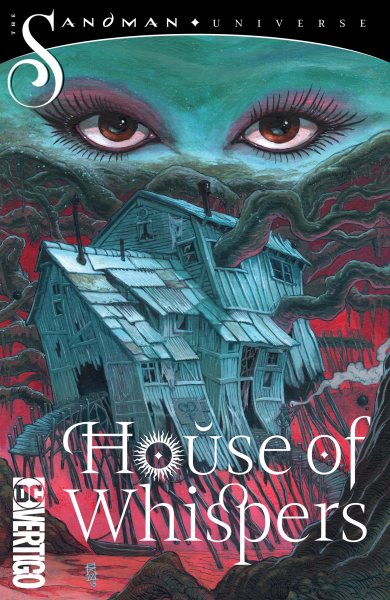
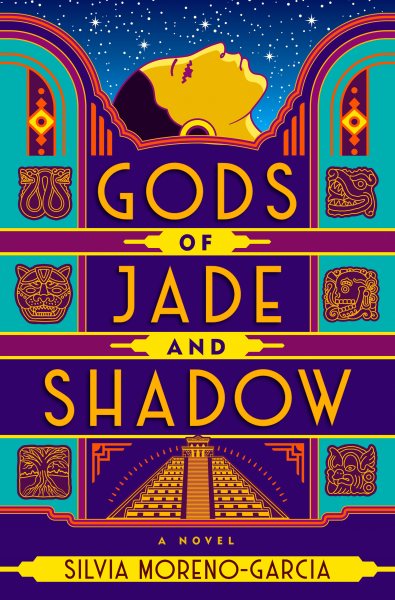


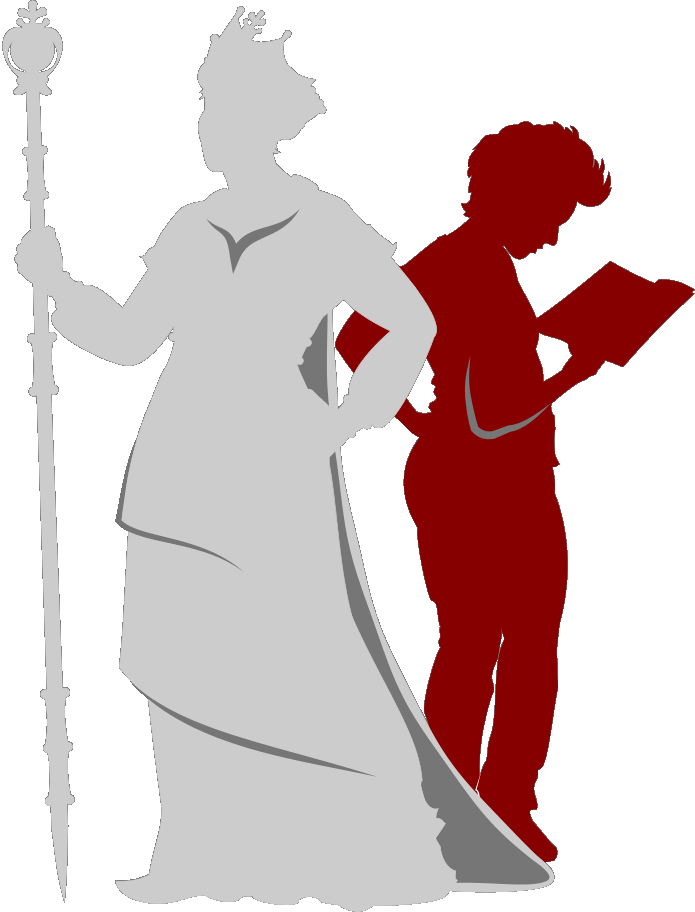


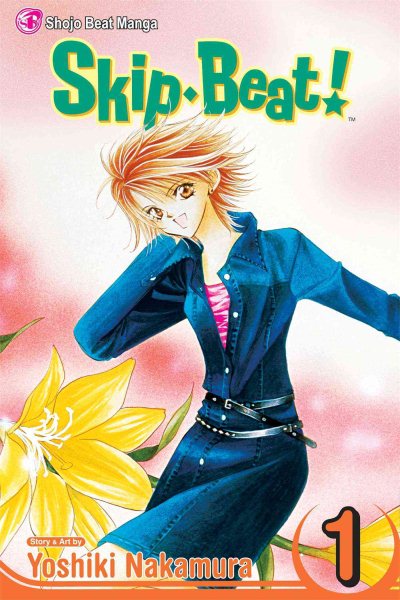
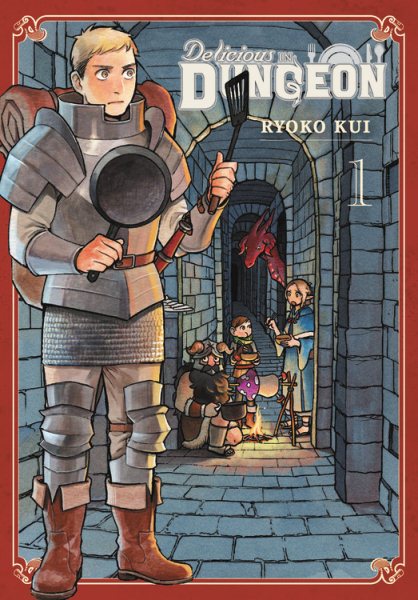
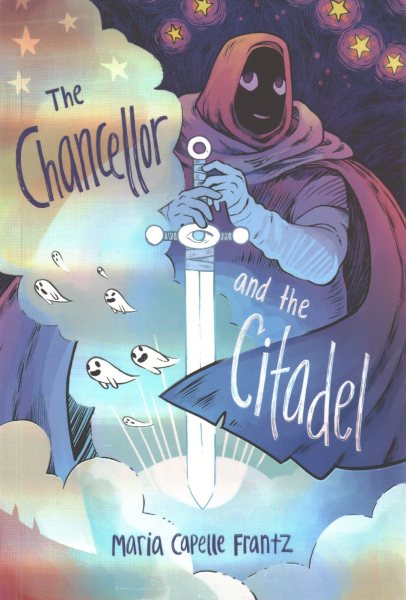
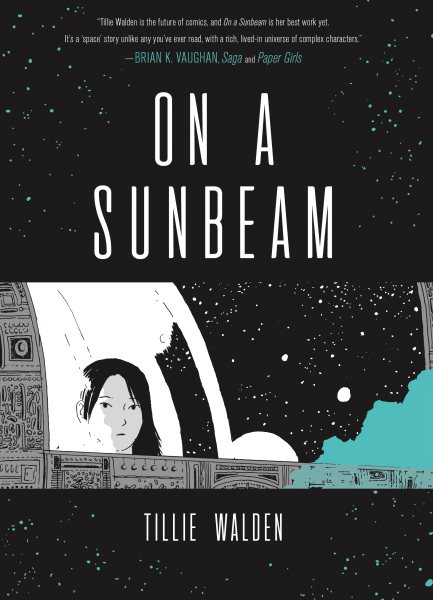
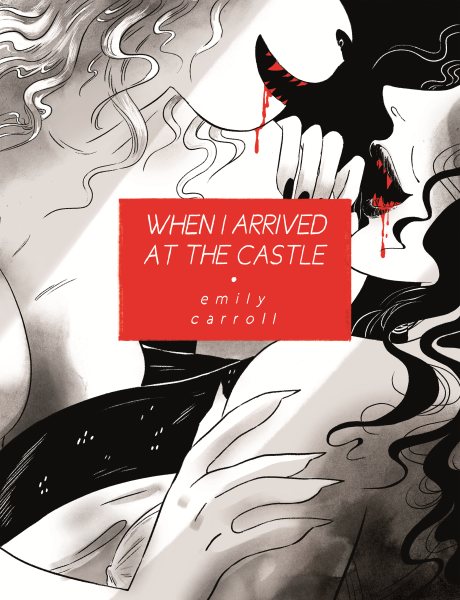
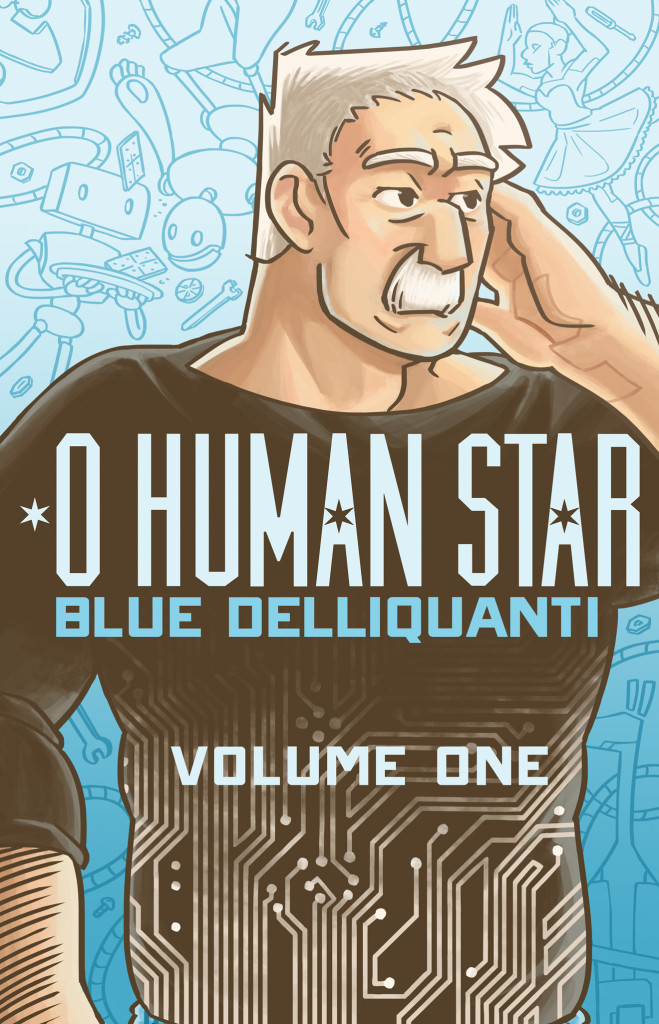








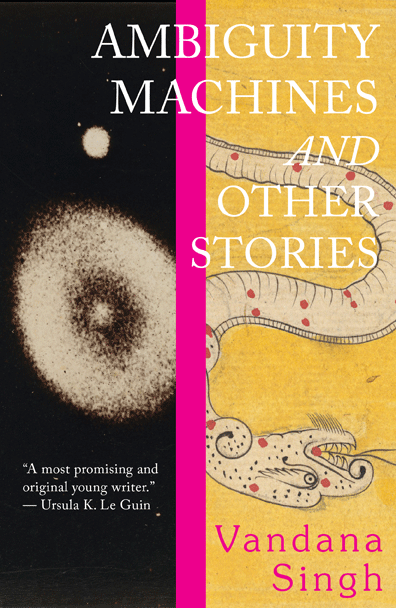
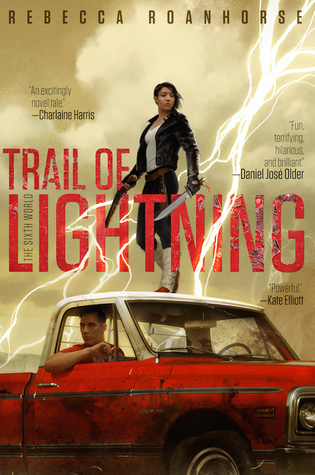
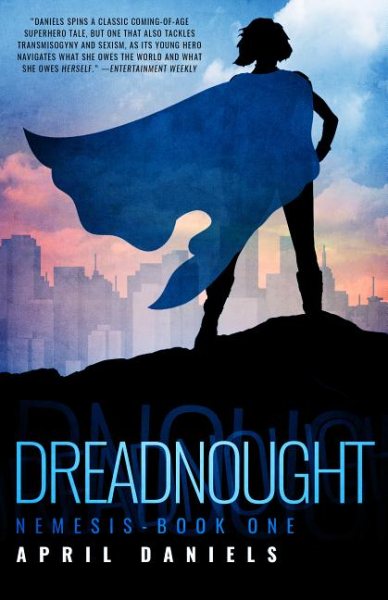
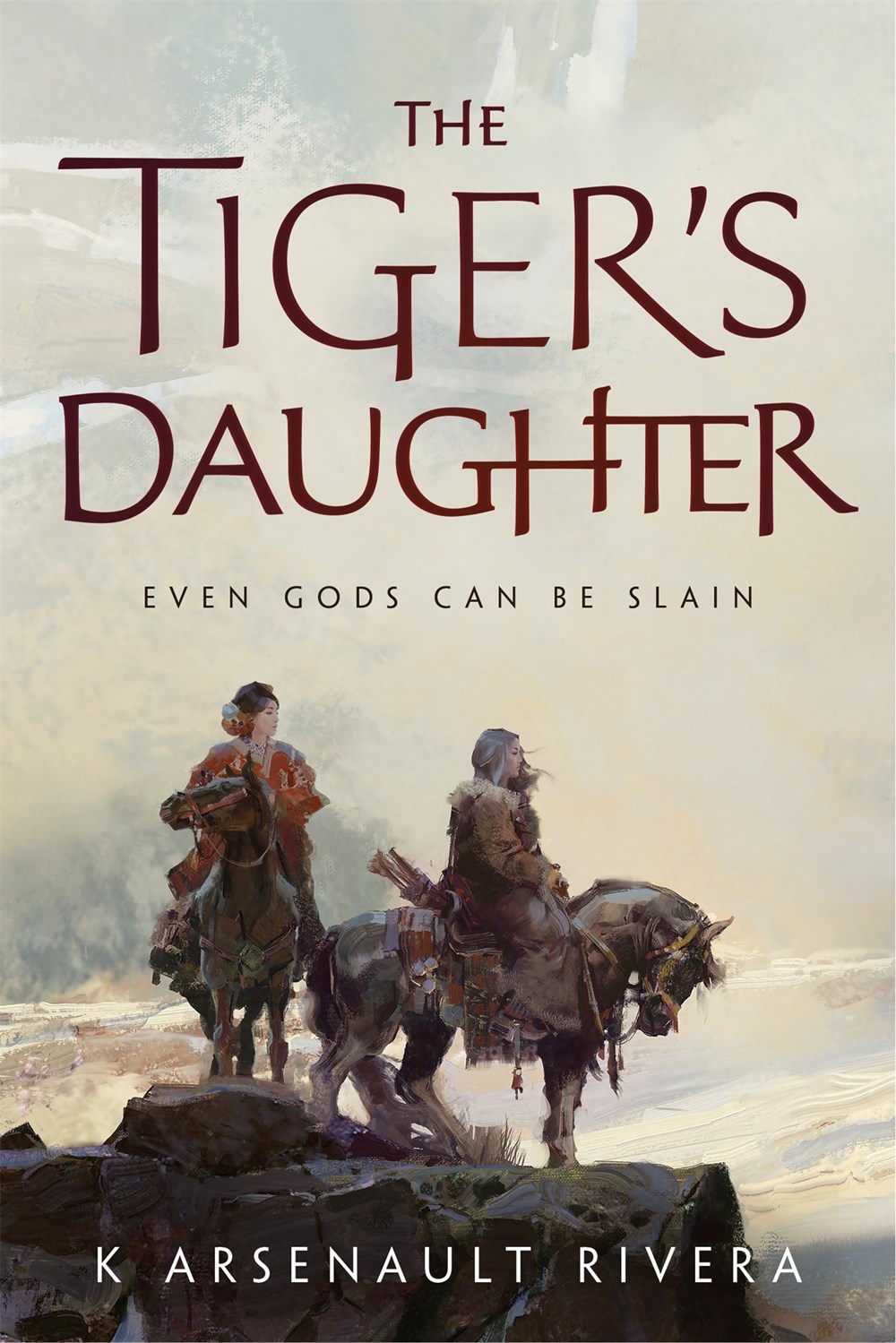
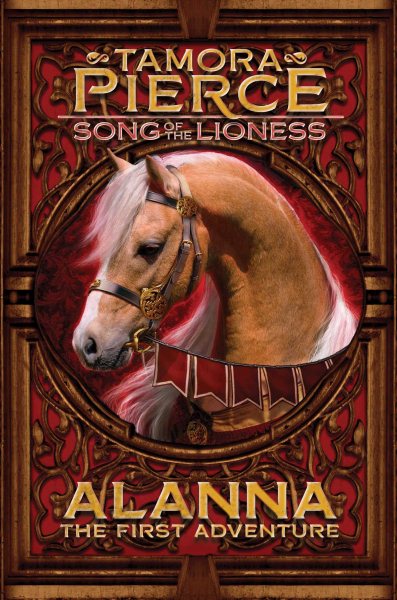
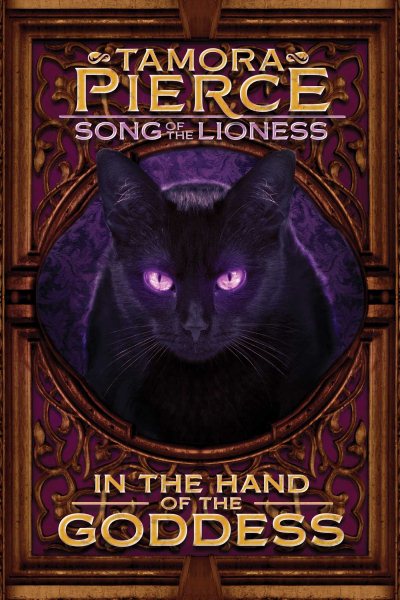
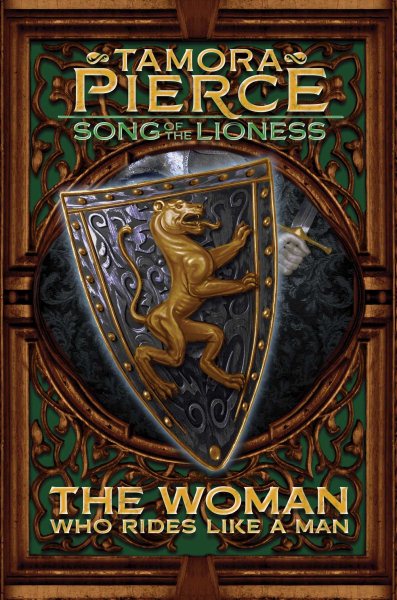
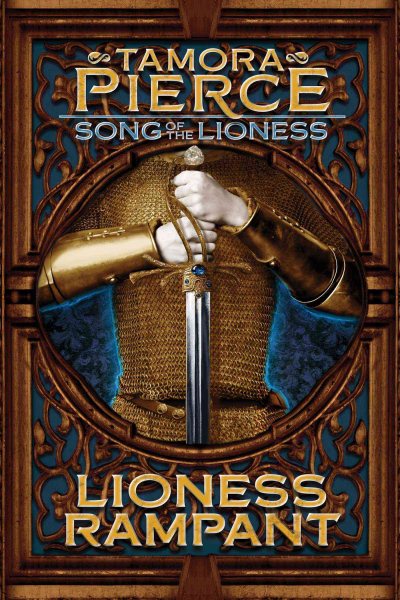
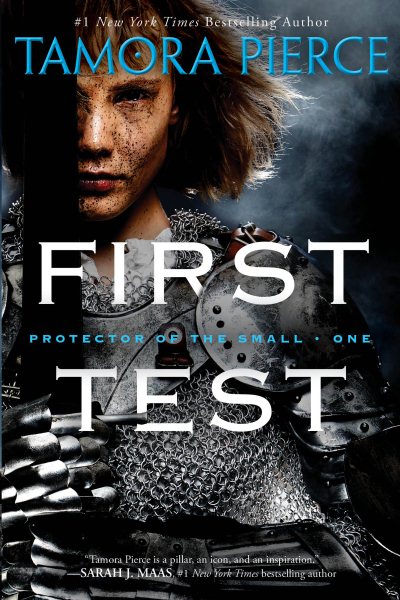
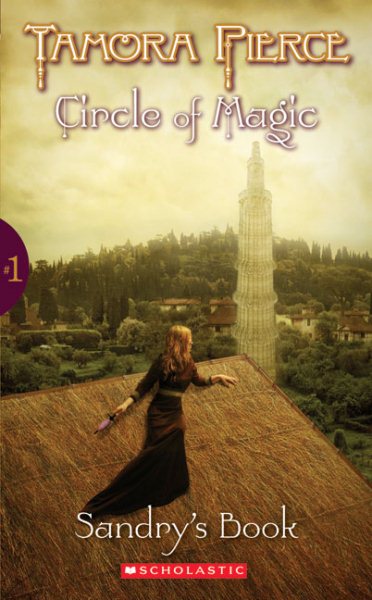
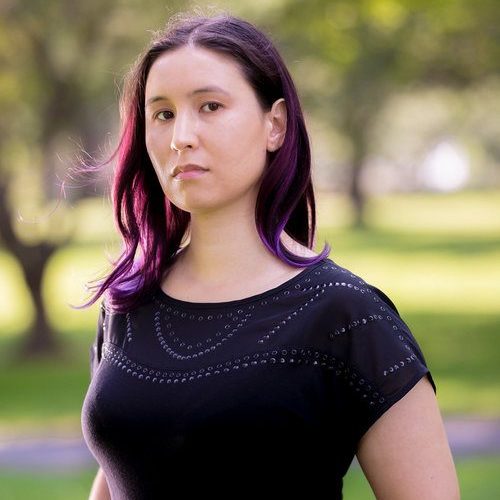
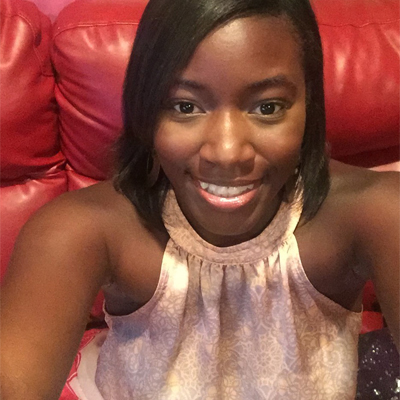
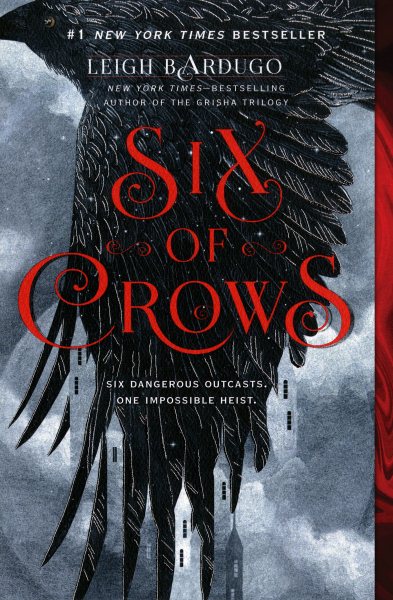
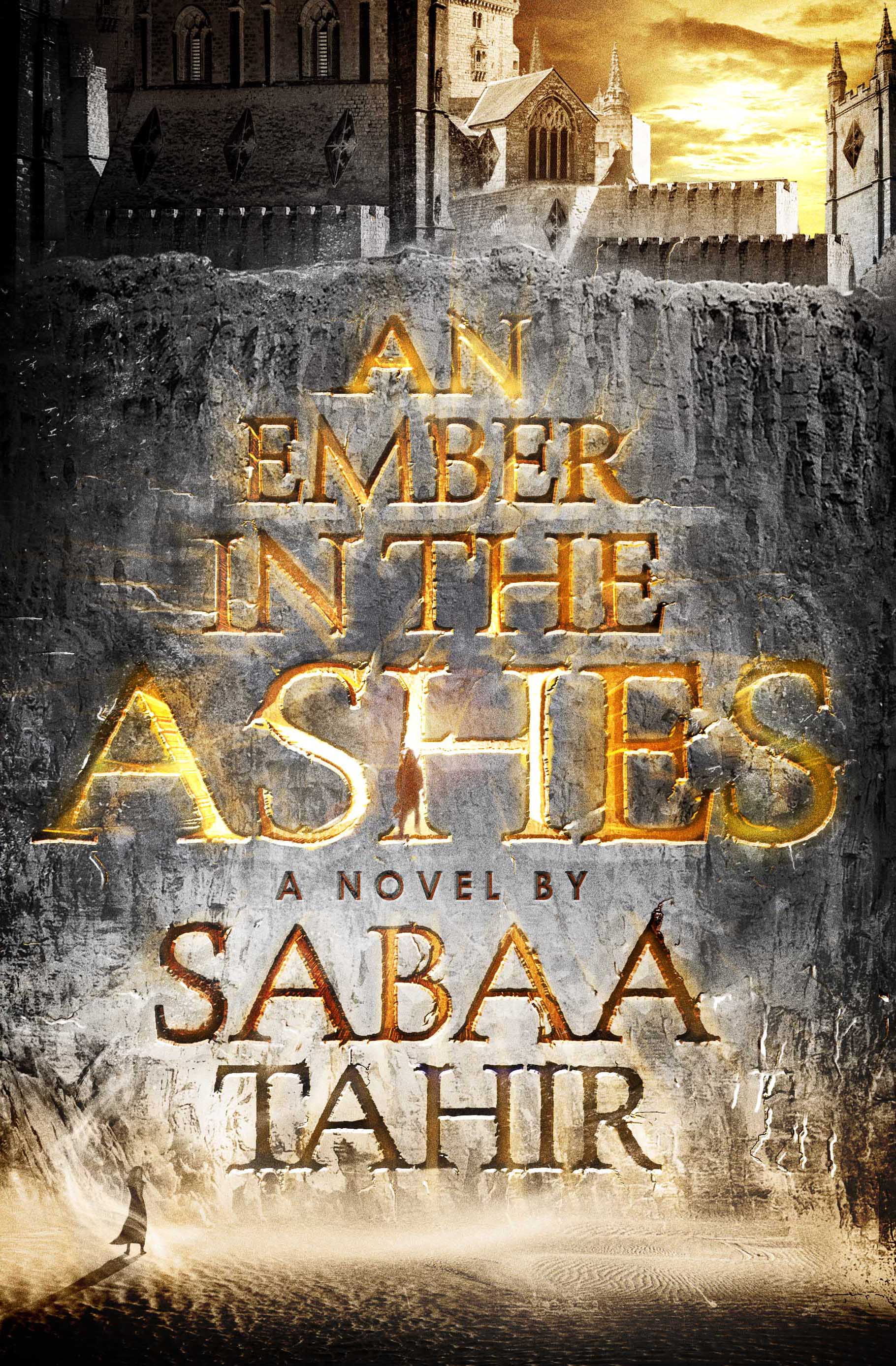
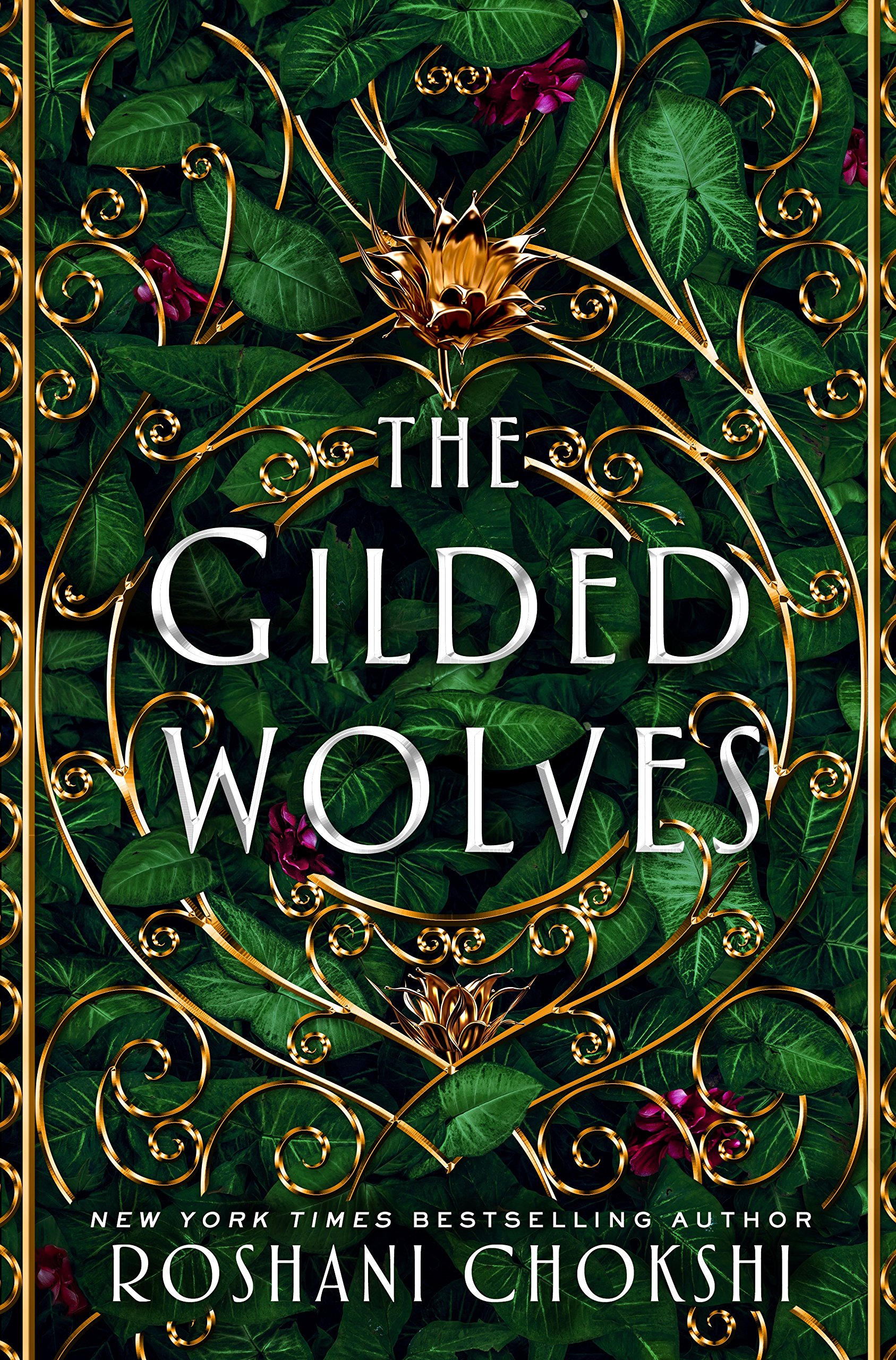
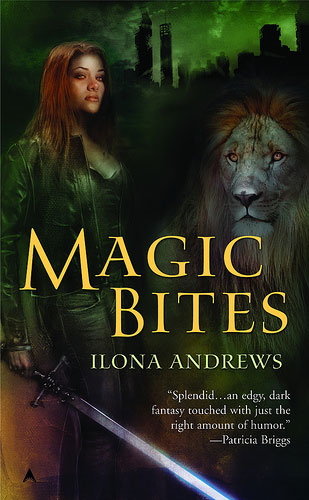
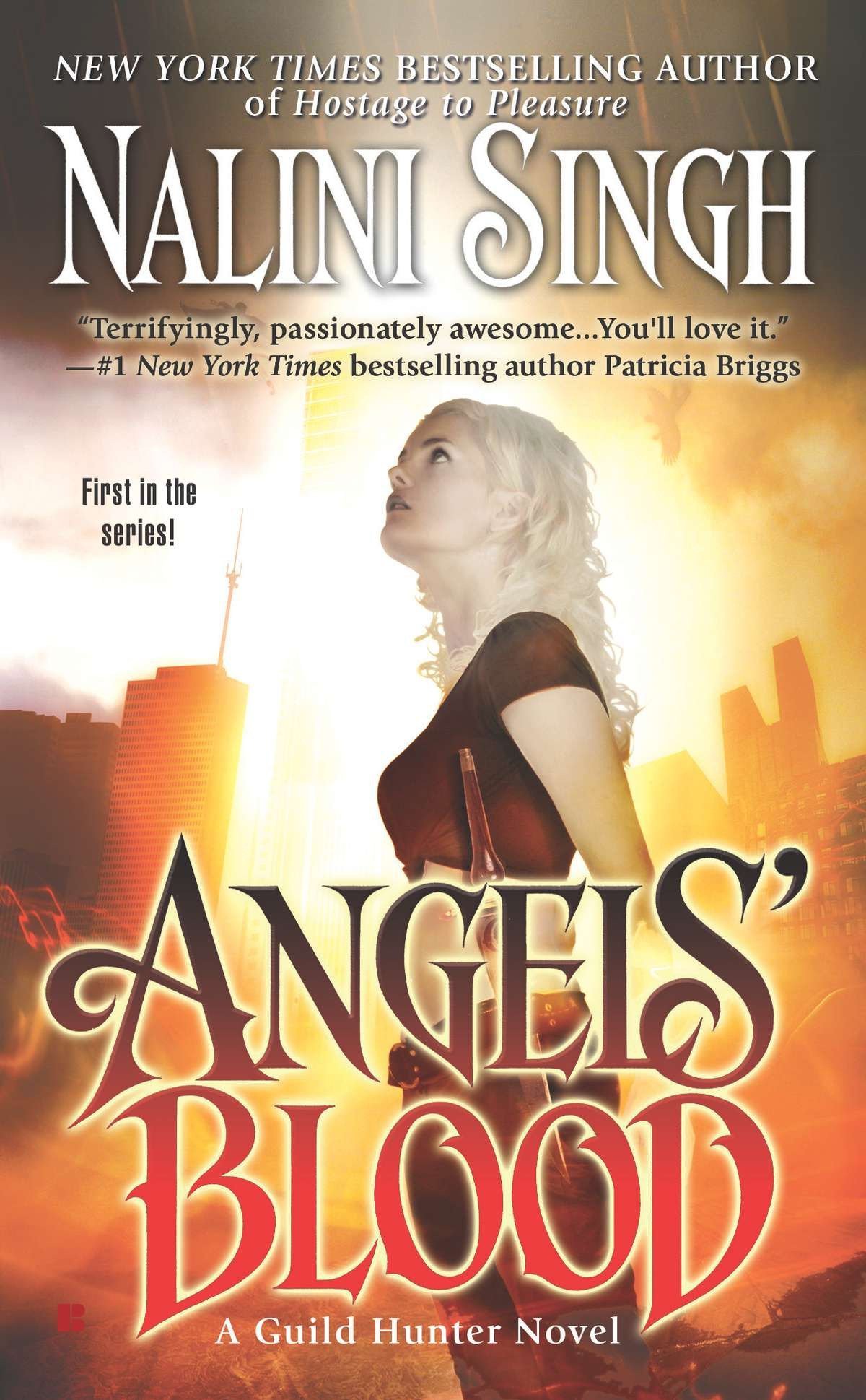
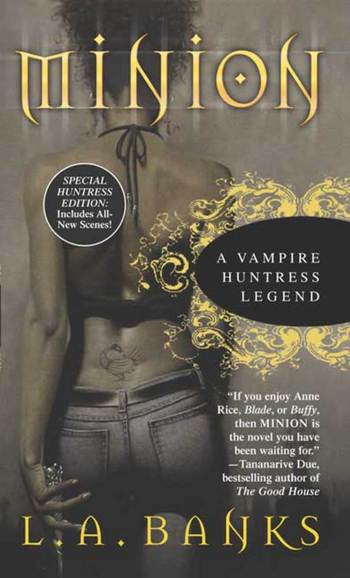








































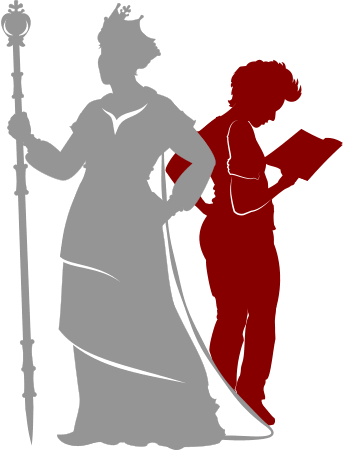

Connect with the Sirens community
Sign up for the Sirens newsletter